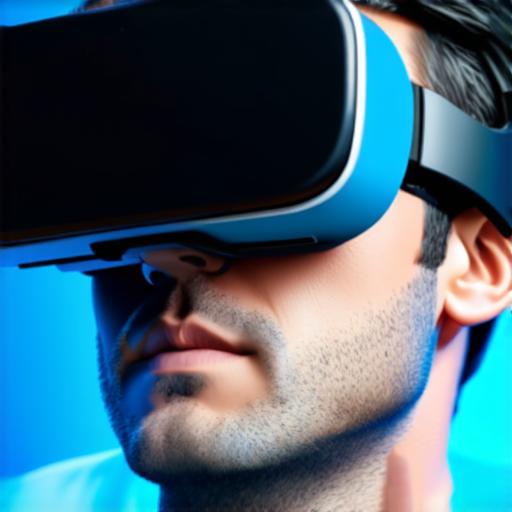Virtual reality (VR) technology is revolutionizing many industries, including healthcare. By creating immersive and interactive environments that simulate real-world experiences, VR has the potential to improve patient outcomes and enhance medical training. In this guide, we will explore the role of virtual reality in healthcare and discuss some of the most promising applications for this cutting-edge technology.
1. Training Medical Professionals
One of the main benefits of VR in healthcare is its ability to provide immersive training experiences for medical professionals. By simulating real-life scenarios, VR can help doctors, nurses, and other healthcare workers develop their skills in a safe and controlled environment. For example, surgeons can use VR simulations to practice complex procedures before performing them on actual patients.
This not only reduces the risk of errors but also helps improve patient outcomes by allowing for more precise and accurate surgeries.
Another area where VR training is particularly effective is in emergency medicine. With VR, medical professionals can simulate emergency situations such as car accidents or cardiac arrests, providing them with valuable training in how to respond to these events.
This not only improves patient outcomes but also helps reduce the risk of harm to healthcare workers by allowing them to practice their skills in a safe and controlled environment.

2. Pain Management
Virtual reality can also be used for pain management in patients with chronic conditions. By creating immersive environments that distract from pain, VR can help reduce the perception of discomfort and improve overall well-being. For example, patients with arthritis or fibromyalgia can use VR to explore virtual worlds, play games, or engage in other activities that help take their minds off of pain.
This not only improves quality of life but also reduces the need for pain medication.
3. Mental Health Treatment
Virtual reality is also being used to treat mental health conditions such as anxiety and depression. By simulating real-life scenarios that trigger anxiety or depression, VR can help patients develop coping strategies and improve their emotional well-being.
For example, a patient with social anxiety disorder can use VR to practice speaking in public or engaging in social situations, gradually building confidence and reducing symptoms of anxiety.
4. Rehabilitation and Physical Therapy
Virtual reality can also be used for rehabilitation and physical therapy. By creating immersive environments that simulate real-life movements, VR can help patients improve their range of motion, balance, and coordination.
For example, a patient with a spinal cord injury can use VR to practice walking or climbing stairs, gradually improving their mobility and independence.
5. Medical Education
Virtual reality is also being used in medical education to teach students about human anatomy and physiology. By creating immersive simulations that allow students to explore the body in 3D, VR can help them develop a deeper understanding of complex systems and processes.
This not only improves academic performance but also prepares students for future careers in healthcare.
6. Surgical Planning and Simulation
Virtual reality is also being used for surgical planning and simulation. By creating detailed 3D models of the patient’s anatomy, surgeons can use VR to plan and practice complex procedures before performing them on actual patients.
This not only reduces the risk of errors but also allows for more precise and accurate surgeries.
7. Remote Patient Monitoring
Virtual reality is also being used for remote patient monitoring. By creating immersive environments that simulate real-life scenarios, VR can help patients with chronic conditions monitor their progress and receive feedback from healthcare professionals in real-time.
For example, a patient with diabetes can use VR to track their blood sugar levels and receive guidance on diet and exercise from a virtual coach.
Conclusion
Virtual reality technology is revolutionizing many industries, including healthcare. By providing immersive and interactive environments that simulate real-world experiences, VR has the potential to improve patient outcomes and enhance medical training.
